detail profile patrick mimouni
Peran Yang Di Mainkan Patrick Mimouni
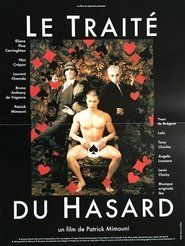 A group of gay friends and...
A group of gay friends and...The Treaty of Chance 1998
A group of gay friends and lovers discuss love, sex, life and death as they exchange partners and try to dodge the bullet of AIDS in the drama Le traité du hasard. Patrick is a gay man whose circle of acquaintances provides the background for this story. They include Lou Rockfeller III, a flamboyant drag queen; Bruno (Bruno Anthony de Trigance), a former college professor who has since found success in the film industry; Daisy, a middle-aged author whose love life is a long litany of disasters; and Julien, a good-looking man who makes his living as a hustler. Julien was involved with Patrick at one time, and it turns out most of Patrick's friends have been with either him or Julien at one time or another -- which becomes a subject of grave concern when Julien develops a full-blown case of AIDS.
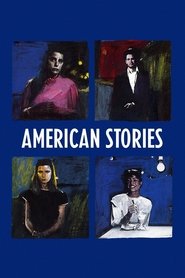 Chantal Akerman explores Jewish American identity...
Chantal Akerman explores Jewish American identity...American Stories: Food, Family and Philosophy 1989
Chantal Akerman explores Jewish American identity in this multilayered portrait of the immigrant experience. Shot in Brooklyn near the Williamsburg Bridge, Histoires D'Amérique takes the form of a series of first-person addresses delivered by a cross-section of Jewish New Yorkers, whose by turns tragic and humorous tales speak to a collective history of trauma, displacement, and resilience.
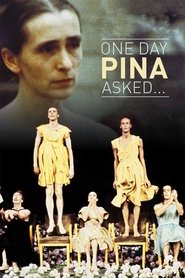 Chantal Akerman followed famous Choreographer Pina...
Chantal Akerman followed famous Choreographer Pina...One Day Pina Asked... 1989
Chantal Akerman followed famous Choreographer Pina Bausch and her company of dancers, The Tanzteater Wuppertal, for five weeks while they were on tour in Germany, Italy and France. Her objective was to capture Pina Bausch's unparalleled art not only on stage by behind the scenes.
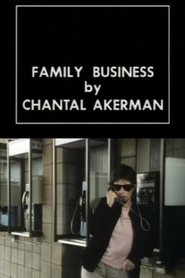 Chantal Akerman was commissioned by Visions...
Chantal Akerman was commissioned by Visions...Family Business 1984
Chantal Akerman was commissioned by Visions to make this short film for £20,000. It was first shown on 21 November 1984, on Channel 4. Akerman herself plays the role of a director visiting Hollywood to find financing from an uncle she hardly knows. Very little goes to plan… Also stars Aurore Clement and Colleen Camp.
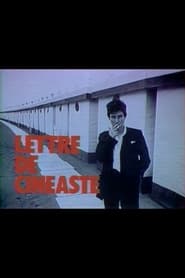 A filmmakers selfportrait asking hard questions...
A filmmakers selfportrait asking hard questions...Letter from a Filmmaker: Chantal Akerman 1984
A filmmaker’s self-portrait, asking hard questions of herself and of us. Invoking Aurore Clément as a kind of stand-in or proxy, a glamorous counterpart to Akerman who sports a drawn-on moustache. What is cinema for? Who is it for? If the Mosaic prohibition on making graven images includes film images, then where does that leave a Jewish filmmaker?

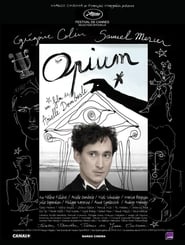 The frustrated loves of Jean Cocteau...
The frustrated loves of Jean Cocteau...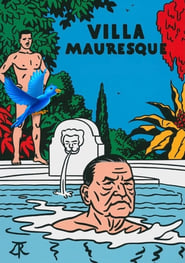 Vincent a young Swiss is upset...
Vincent a young Swiss is upset...